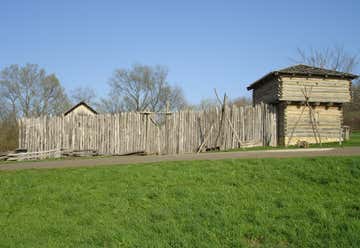During a trip to Galena for a weekend away, we stopped at a few sites and quickly connected that the entirety of the Black Hawk War could be followed in the NE Illinois/SE Wisconsin area. This is our first attempt to put together a "theme" road trip. The first five stops can easily be completed in a day.
Stillman Valley, Illinois, United States
The Battle of Stillman's Run, also known as the Battle of Sycamore Creek or the Battle of Old Man's Creek, occurred in Illinois on May 14, 1832. The battle was named for the panicked retreat by Major Isaiah Stillman and his detachment of 275 Illinois militia after being attacked by many fewer Sauk warriors of Black Hawk's British Band. The engagement was the first battle of the Black Hawk War (1832). A monument and cemetary stands directly of IL72 in Stillman Valley.
Lowden State Park, Oregon, Illinois United States
Polo, Illinois, United States
Kent, Illinois, United States
The Apple River Fort was hastily constructed after the word of Stillman's defeat reached the settlers. A small blockade around two buildings protected 45 settlers (men, women, and children) and the settler successfully defended the fort on June 24, 1832. Elizabeth Armstrong emerged as a hero, rallying the women to mold musket balls and keep the men supplied in defense. The town is named after her.
Sauk City, Wisconsin, United States
Victory, Wisconsin, United States
Black Hawk's motives were ambiguous, but he was apparently hoping to avoid bloodshed while resettling on tribal land that had been ceded to the United States in the disputed 1804 Treaty of St. Louis. The Black Hawk War gave the young captain Abraham Lincoln his brief military service. The war gave impetus to the U.S. policy of Indian removal, in which Native American tribes were pressured to sell their lands and move west of the Mississippi River and stay there.


